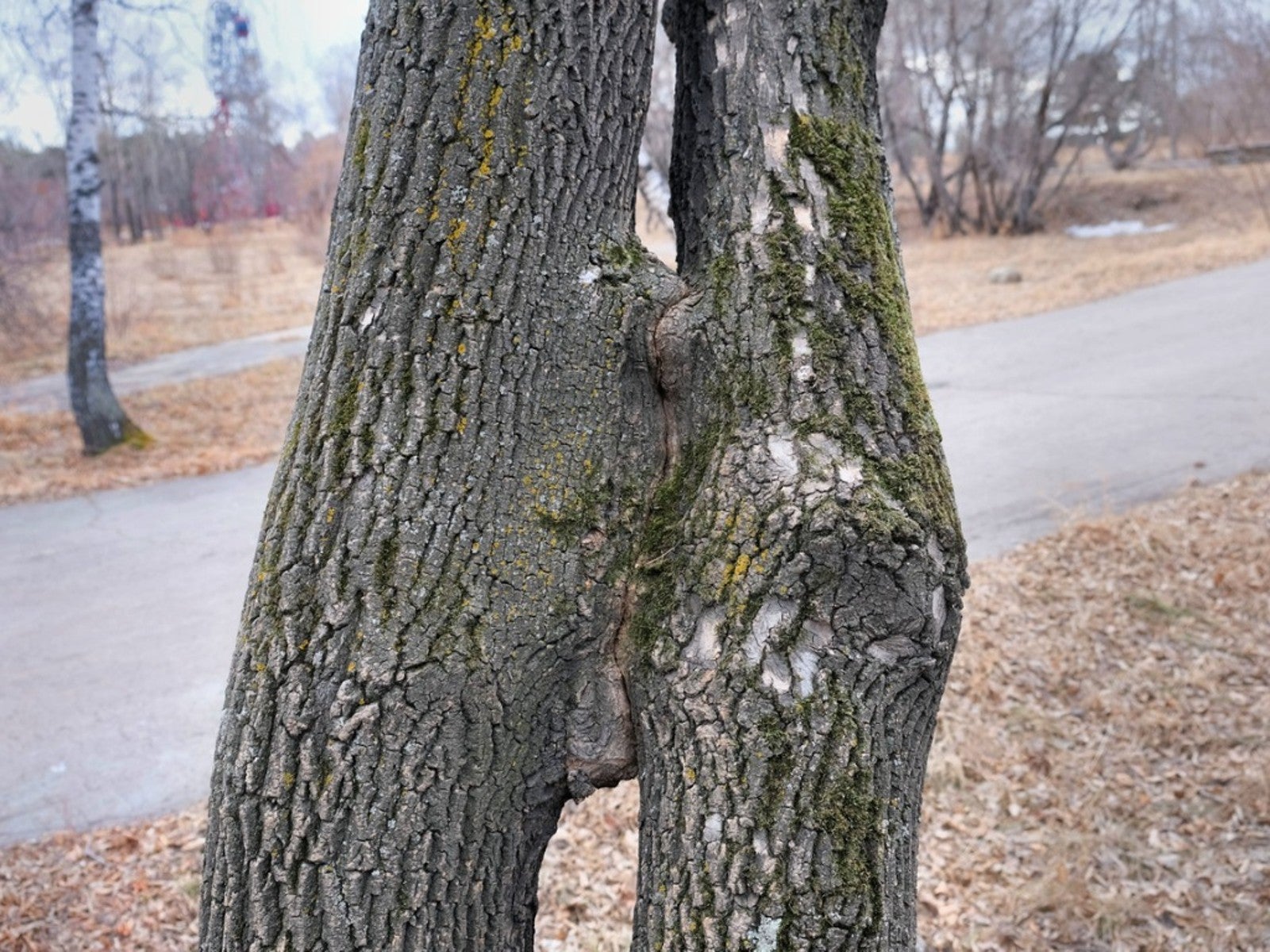Inosculation And Trees Growing Together


Have you ever noticed two trees growing together in the forest? They might be of the same species, but also may be two different trees growing together. The two trunks might be united, or a branch might fuse into another tree.
These types of trees are termed inosculation trees. Keep your eyes open for them when you’re hiking. And read on to learn their secrets.
The Wood Wide Web
Most forests are filled with “single” trees, each one standing alone. But the fact is, that the tree roots beneath the forest floor have a network of soil fungi. This network is called the “wood wide web” and connects the trees together. This has been referred to by scientists as the "wood wide web" and is a means of communication from one tree to another. For example, shallow-rooted coastal redwoods share water and nutrients with their grove of trees.
Trees growing in proximity can grow in some extraordinary ways, including growing together. This phenomenon is called inosculation, and it happens when two trees, growing close together, grow into each other and actually become joined, as if they were grafted.
But grafting and inosculation are different, since grafting is a horticultural technique, while inosculation is a naturally occurring phenomenon. Inosculation is the joining or uniting of two trees at the roots, branches or trunks.
Two Trees Growing Together
How does inosculation happen? Anyone who has done grafting knows that when the outer bark of a tree is scraped off, the inner tissues are exposed, and a branch’s tissues can attach to a wound on the new tree.
While a grafting wound is caused by the horticulturist, a similar wound can occur in nature as trunks or branches scrape against each other in the wind. Callus tissue grows outward from the wounds, reducing the movement and allowing the cambia layers to come in contact and grow together.
Sign up for the Gardening Know How newsletter today and receive a free copy of our e-book "How to Grow Delicious Tomatoes".
Interesting Facts About Inosculation
This word inosculation comes from a Latin word, "osculum", which means "kiss." And in some areas, inoculated trees are called “marriage trees.”
Can a branch grow into a tree? It can. Or two trees with trunks extremely close together can unite. While this happens far more often between trees of the same species, the same phenomenon can unite two trees of different species.
A similar circumstance is called hugging. It consists of two trees that are physically entangled or intertwined but have not not grown together.

Teo Spengler is a master gardener and a docent at the San Francisco Botanical Garden, where she hosts public tours. She has studied horticulture and written about nature, trees, plants, and gardening for more than two decades, following a career as an attorney and legal writer. Her extended family includes some 30 houseplants and hundreds of outdoor plants, including 250 trees, which are her main passion. Spengler currently splits her life between San Francisco and the French Basque Country, though she was raised in Alaska, giving her experience of gardening in a range of climates.